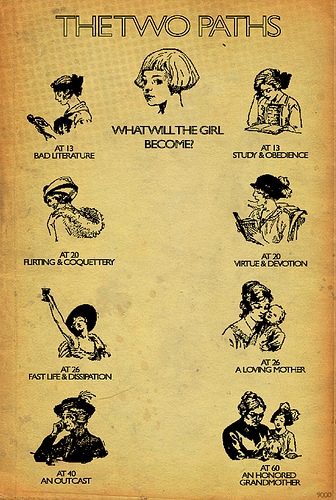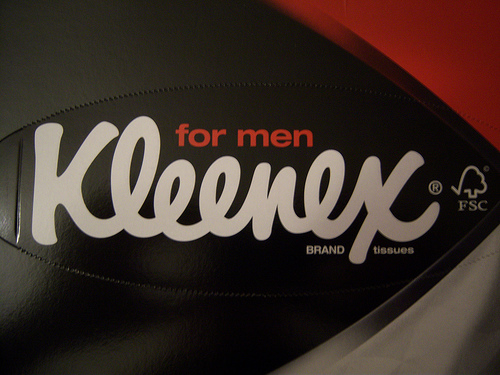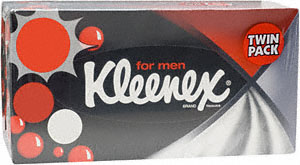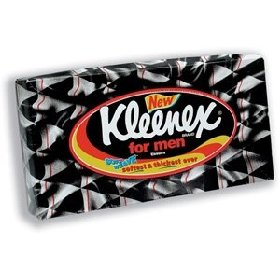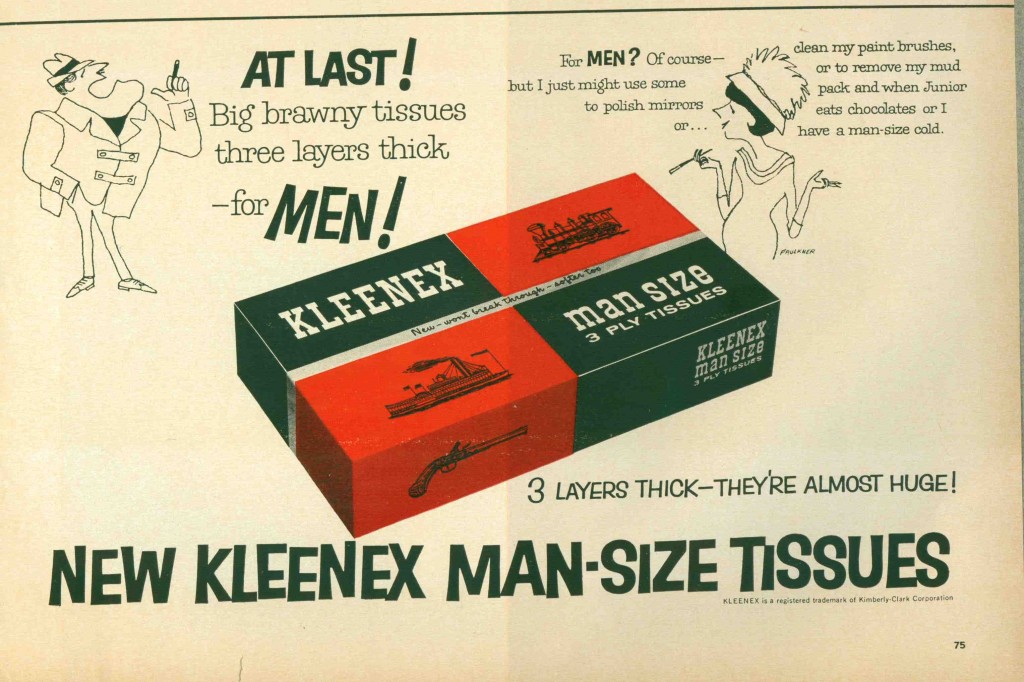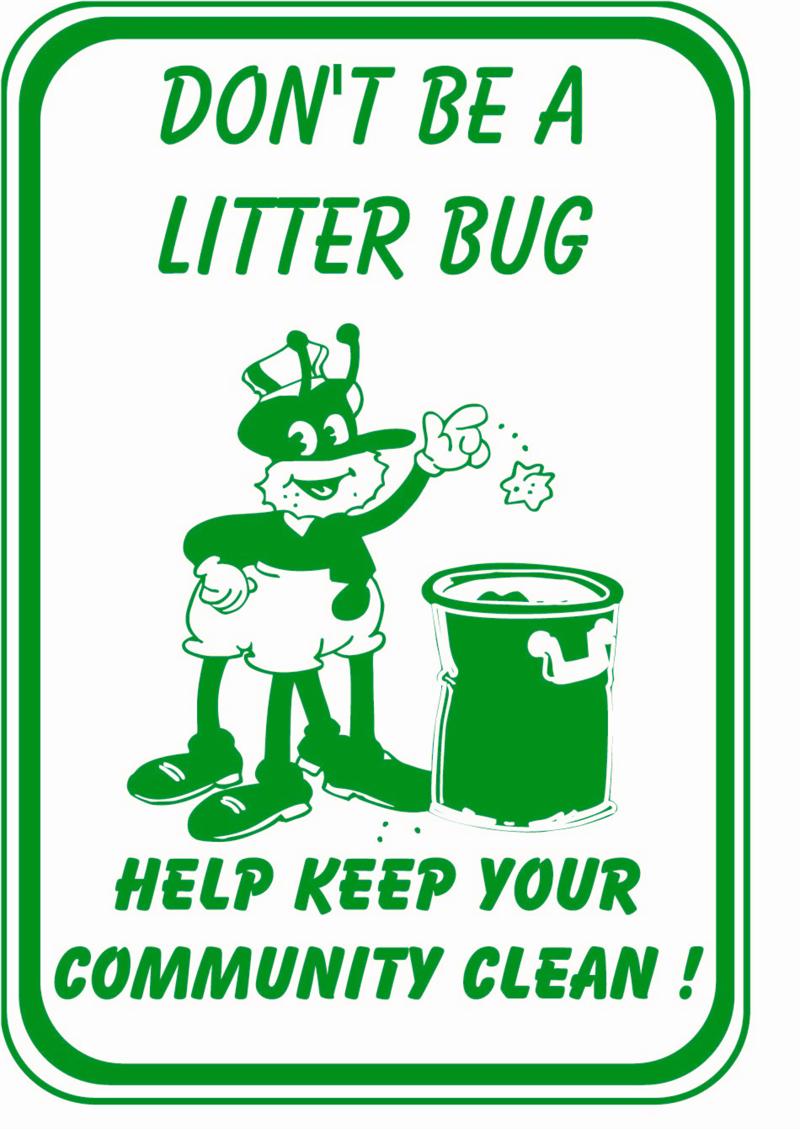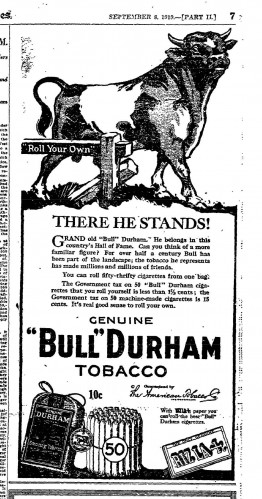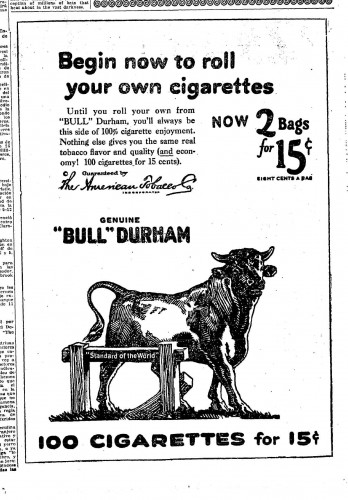Lynn drew our attention to the American Apparel webpages for men’s and women’s clothes. She notes a distinct difference:
On the Women’s clothing pages, the girls are modelling THEMSELVES in addition to the clothes. You see a butt purposefully sticking out here, a shirt pulled up to there, a head thrown back in a coquettish manner, a back arched this way and that.
On the Men’s pages, the men are essentially just “standing there”, letting the clothes speak for themselves.
I’ve included screen shots of all of the models in the slide show, so you can judge for yourself (sorry for the funky formatting; there were more images of women than men).
—————————
Lisa Wade is a professor of sociology at Occidental College. You can follow her on Twitter and Facebook.

